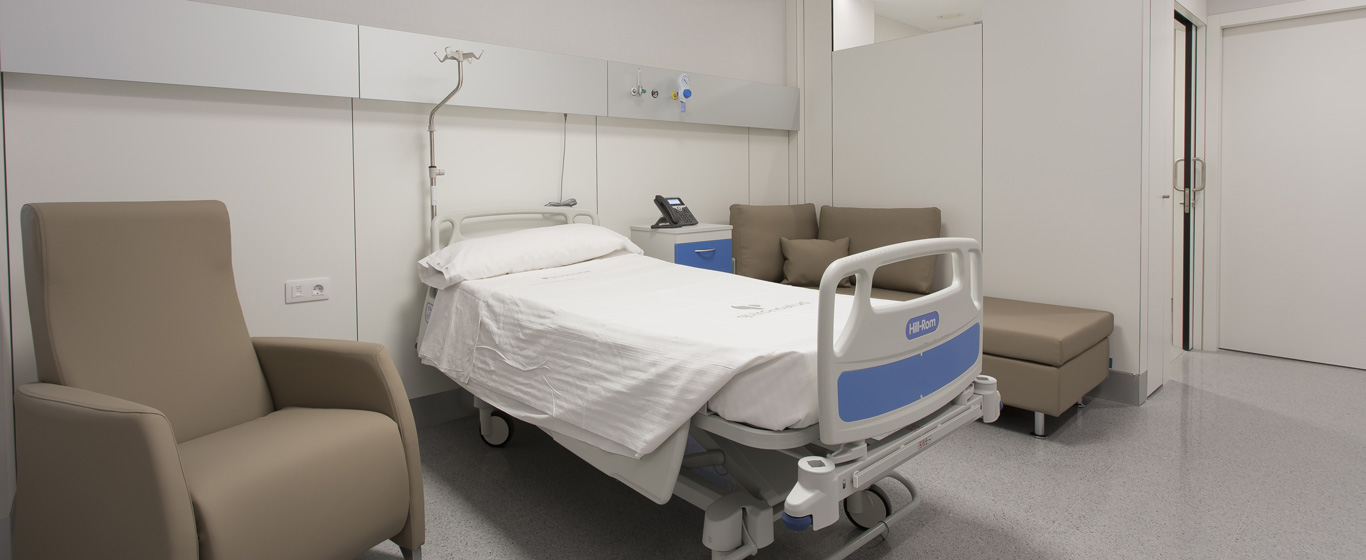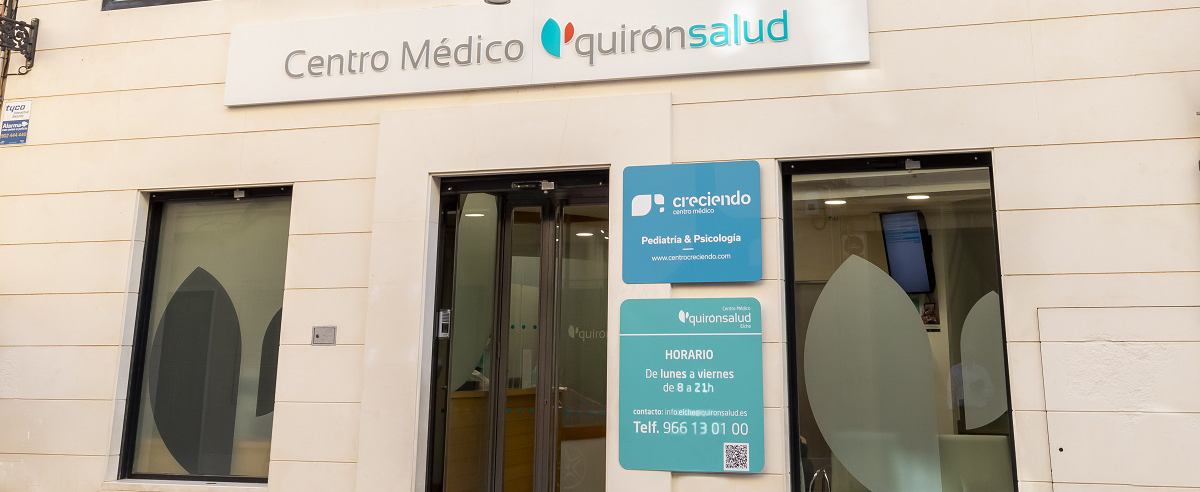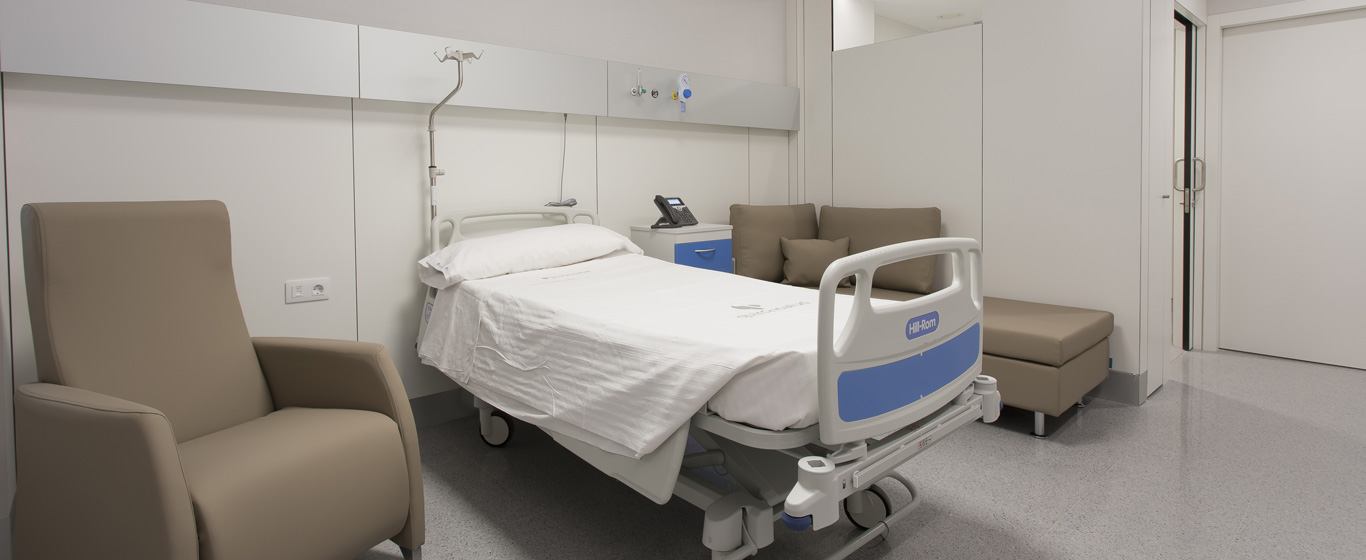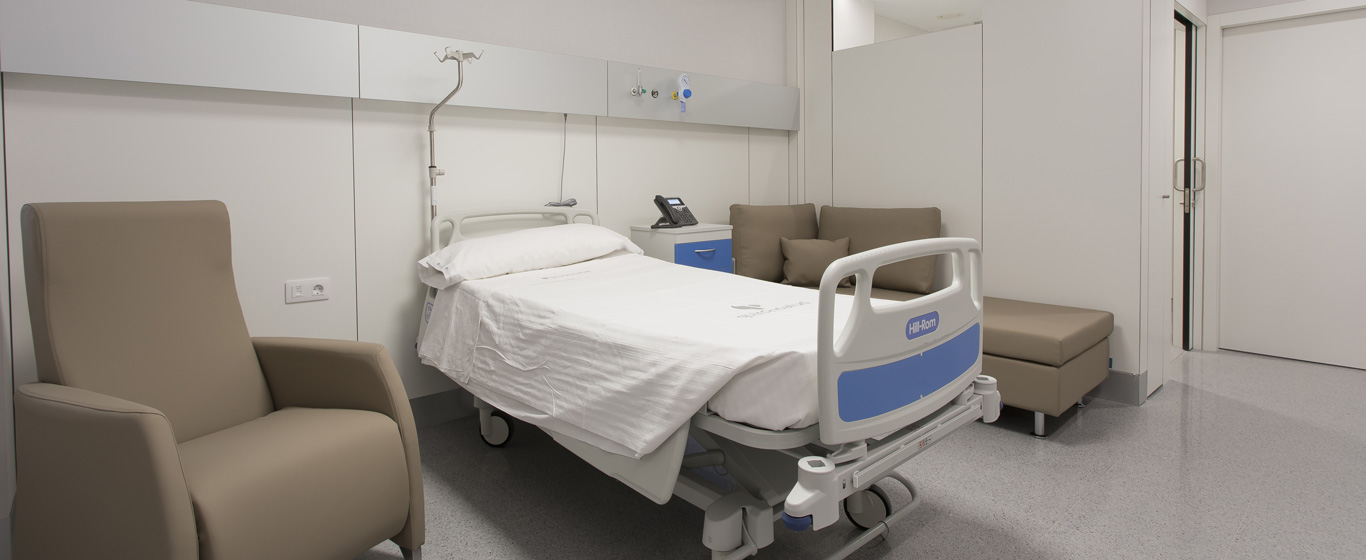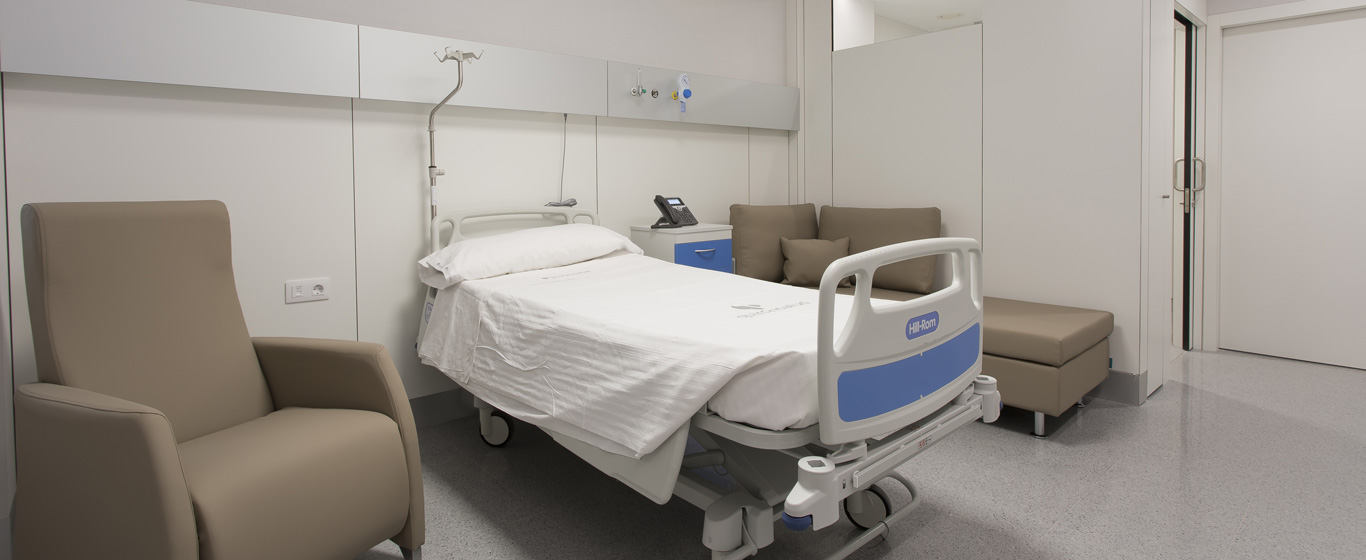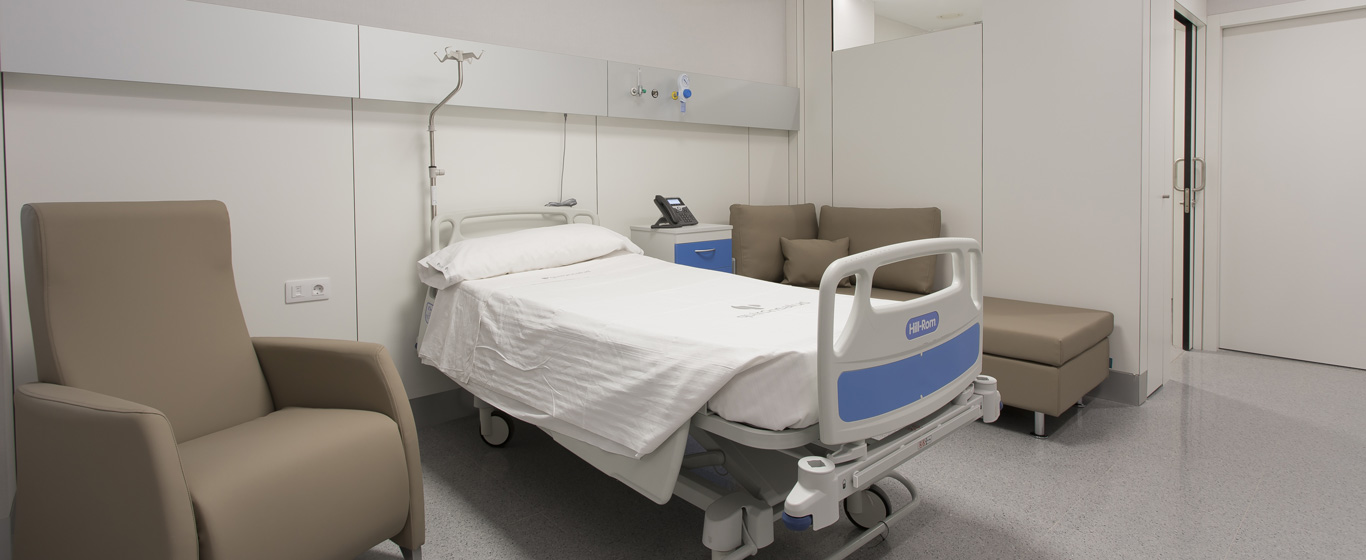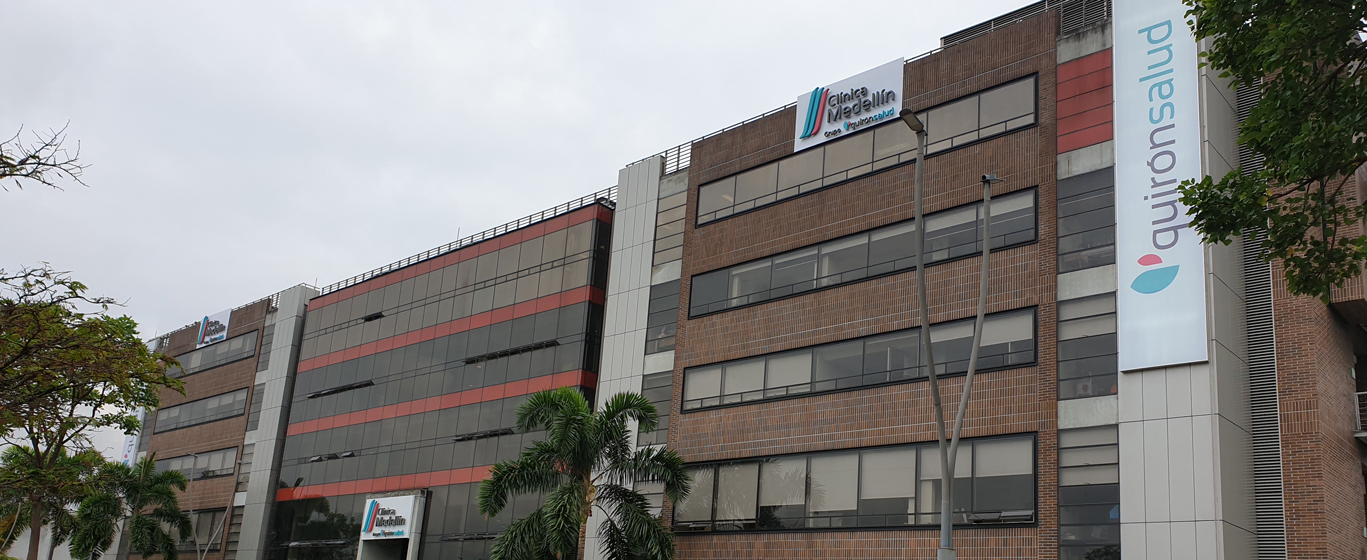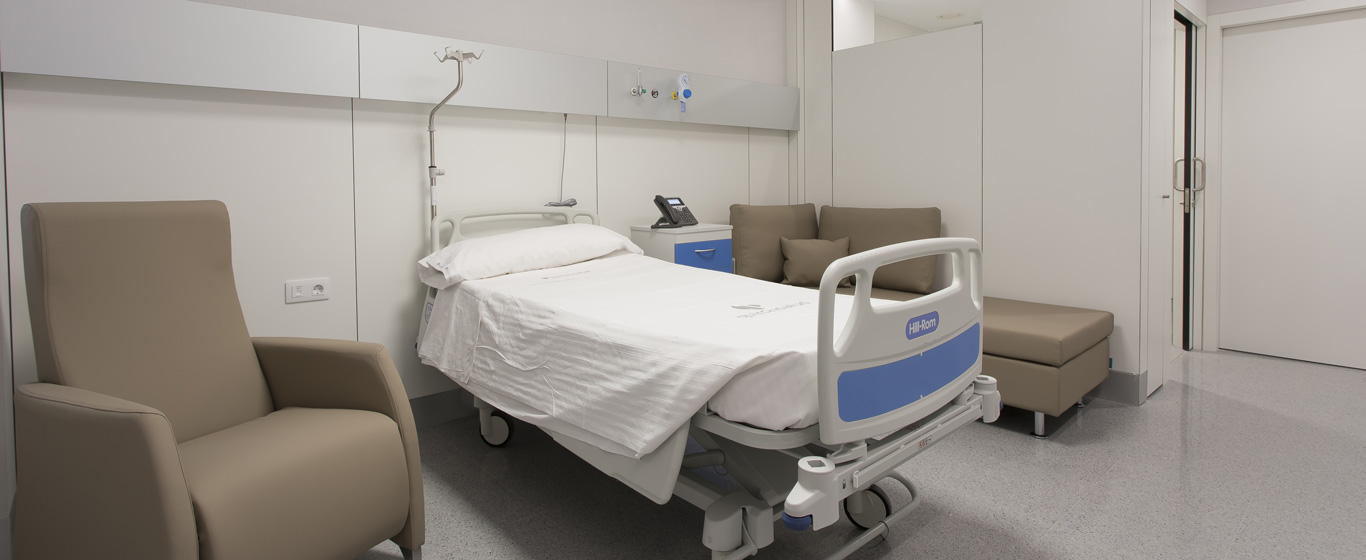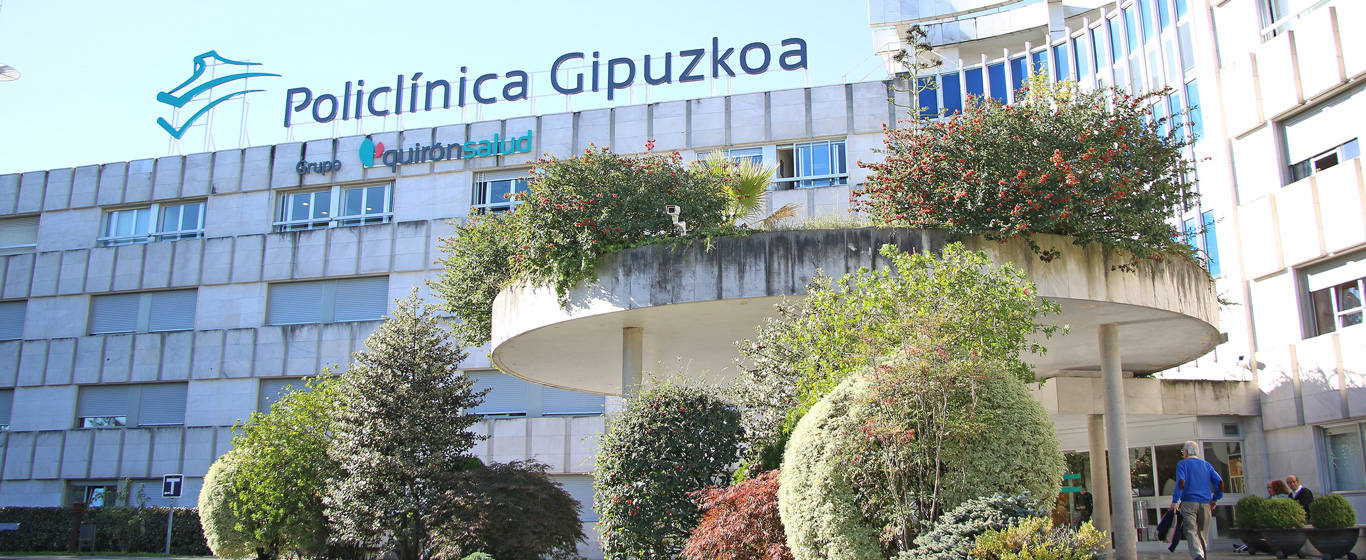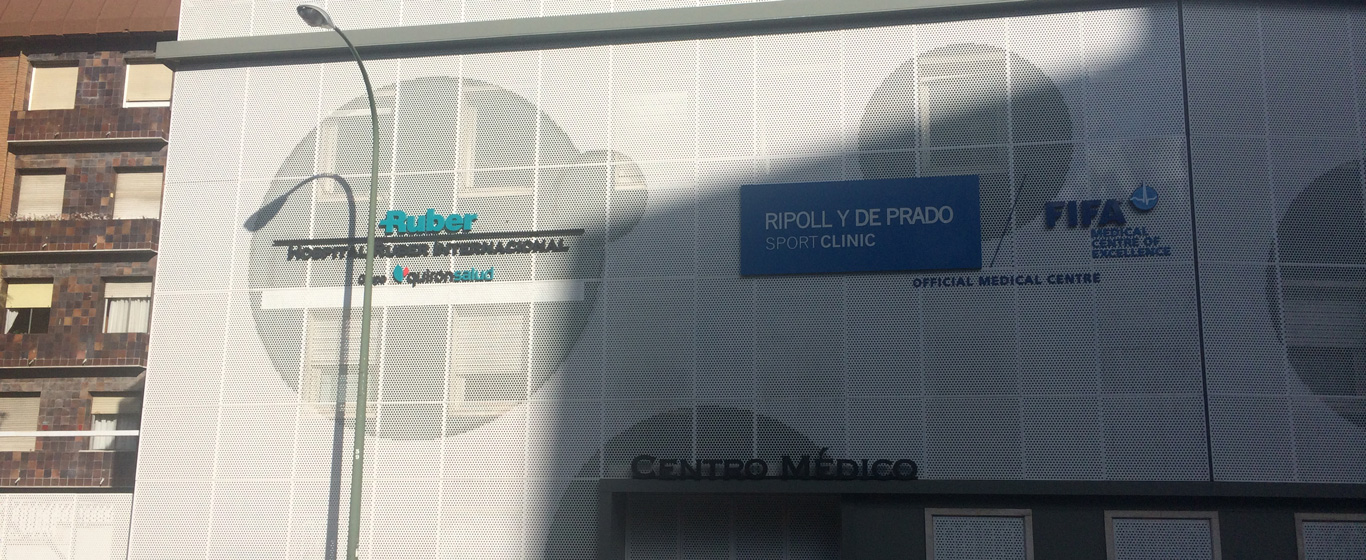Thrombophilia Study
Through blood sample analysis, the thrombophilia study detects specific factors that increase the risk of clot formation. This test allows for preventive measures against strokeStrokeStroke or pulmonary embolism and helps determine some causes of implantation issues.

General Description
The thrombophilia study consists of a series of tests that identify genetic or acquired factors that increase the risk of thrombophilia—abnormalities in blood coagulation that predispose individuals to thrombus formation.
In many cases, a positive result does not mean that the patient will develop a thromboembolic event, but it is essential to monitor other circumstances to take the necessary measures to minimize risks, as it could lead to a strokeStrokeStroke or pulmonary embolism. For example, specific treatment should be provided to patients with hereditary thrombophilia who will remain bedridden for long periods, are taking hormonal medication, or are planning a pregnancy, as this condition is associated with complications such as preeclampsia or premature placental abruption.
Thrombophilia studies are also included in tests for recurrent miscarriages or infertility, which may be caused by thrombosis in the uterine blood vessels.
A comprehensive thrombophilia study includes various tests that, if positive, identify the type of thrombophilia—an essential factor since each type requires different treatment:
Genetic Thrombophilia Tests
- Factor V Leiden (FV Leiden) or G1691A mutation: Generates resistance to inactivation, which under normal conditions is induced by activated protein C to reduce thrombin production (an enzyme that aids in blood clotting).
- G20210A mutation in prothrombin: Prothrombin is a protein produced by the liver and a precursor to thrombin; this mutation increases prothrombin levels and, consequently, the risk of clot formation.
- C677T mutation in the methylenetetrahydrofolate reductase (MTHFR) gene: Involves the substitution of cytosine with thymine (a swap between two of the DNA's hydrogen bases), reducing the ability to metabolize homocysteine—an amino acid directly related to venous thromboembolism.
- A1298C mutation in MTHFR: Involves the substitution of adenosine with cytosine, reducing enzymatic activity.
Coagulation Tests
- Protein C: Its function is to deactivate coagulation factors Va and VIIIa. If levels are very low, the risk of blood thickening increases.
- Protein S: This enzyme is necessary for protein C to function properly. A deficiency in protein S increases the blood's tendency to clot.
- Antithrombin (AT): Neutralizes enzymes that promote coagulation. If it does not function correctly or its levels are very low, the likelihood of developing a thrombus increases.
Antiphospholipid Antibody (AAF) Tests
These antibodies damage the cells lining the interior of blood vessels, increasing coagulation activity.
When Is It Indicated?
Anyone interested in knowing whether they have a genetic predisposition to developing blood clots can undergo these tests. Additionally, specialists particularly recommend thrombophilia studies for patients with any of the following characteristics:
- Family history of thrombophilia.
- Personal history of thromboembolic events.
- Recurrent miscarriages.
- Embryo implantation failures.
- Personal history of preeclampsia or placental abruption.
- Previous preterm birth (before 34 weeks).
- Use of hormonal medication, such as oral contraceptives.
Diseases that increase the risk of strokeStrokeStroke or embolism:
- Hypertension.
- Diabetes.
- Smoking.
- Obesity.
- Sedentary lifestyle.
- Lupus.
- Certain types of cancer.
How Is It Performed?
A thrombophilia study is typically conducted using a peripheral blood sample. Each sample must be collected in a specific tube according to the test being performed:
- Light blue tubes with sodium citrate: A reversible anticoagulant used for coagulation tests. This sample must be kept on ice and centrifuged to separate the plasma within one hour of collection.
- Purple tubes with EDTA: A potent anticoagulant that works by binding to calcium in the blood, used for prothrombin tests. This sample must be kept at 4°C without centrifugation.
Once in the laboratory, different techniques are applied to obtain results:
- Observation (chromogenic method): Used to determine protein C or antithrombin levels.
- Coagulometric method: Measures clotting time and determines lupus anticoagulant levels, protein S levels, or resistance to protein C.
- Polymerase Chain Reaction (PCR) test: Provides real-time identification of the G20210A mutation.
Risks
The thrombophilia study poses no health risks.
In some cases, a bruise may form at the puncture site. Some patients report dizziness after blood collection, which usually resolves within minutes by lying down with legs elevated.
What to Expect From a Thrombophilia Study
During the blood draw, the patient sits or lies down on an examination table with their arm extended. The specialist disinfects the inner elbow area—where the vein used for blood collection is typically located—and applies a tourniquet to facilitate blood flow. Then, the needle is inserted, which may cause a slight prick, and the necessary tubes are filled.
To reduce the risk of bruising, a sterile gauze pad should be applied to the puncture site with firm pressure for a few minutes. To help replenish the extracted blood, it is advisable to drink plenty of fluids in the following hours.
Results are usually available within 10 days after sample collection.
Specialties that Request a Thrombophilia Study
The thrombophilia study is commonly associated with the fields of genetics, hematology, assisted reproduction, and gynecology & obstetrics.
How to prepare
Before undergoing a thrombophilia study, certain medications should be discontinued, if applicable:
- Vitamin K antagonists: 1 week.
- Direct oral anticoagulants (DOACs): 3 days.
- Low-molecular-weight heparin: 48 hours.
- Unfractionated heparin: 24 hours.






